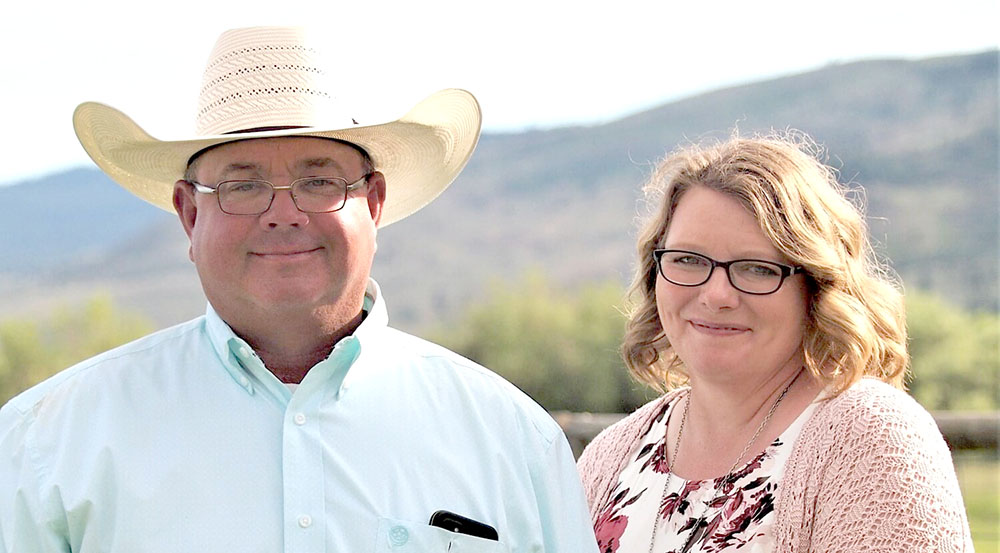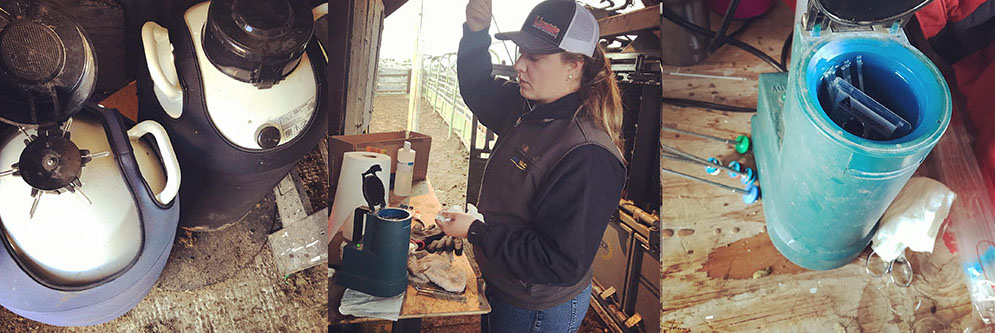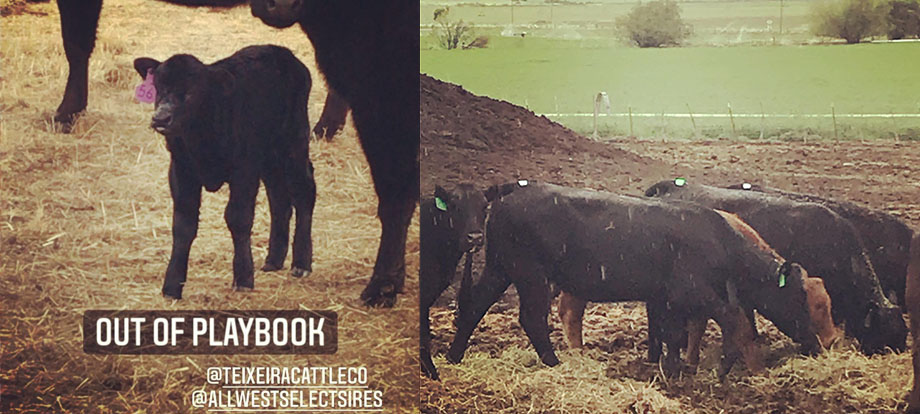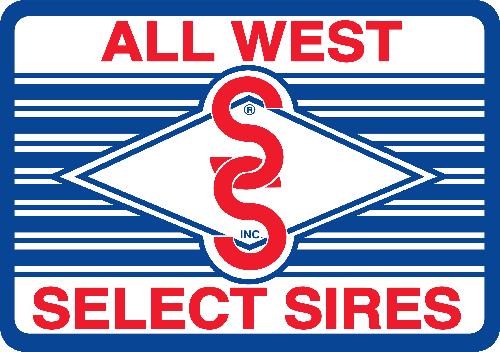 Located in Northern California’s Modoc County, Carey Ranch LLC is owned and operated by three generations of the Carey family, who currently live and work on the ranch. The family typically sells their calves in the fall to backgrounders or feedlots where they are finished and make their way to grocery store meat counters.
Located in Northern California’s Modoc County, Carey Ranch LLC is owned and operated by three generations of the Carey family, who currently live and work on the ranch. The family typically sells their calves in the fall to backgrounders or feedlots where they are finished and make their way to grocery store meat counters.
However, as we are all aware, nothing was “typical” in the year 2020. This is when the Carey family decided to hold some of their calves and finish them at home on the ranch, after noticing consumer’s growing desire to know exactly where their beef was coming from.
This realization and their willingness to try something different as a way to connect with consumers came at an opportune time to sell their beef, when COVID-19 left many local grocery stores empty.
“Folks either couldn’t find meat or they were paying a ridiculous price for it. I had more people than even asking how they could buy beef from us directly. Yet, live cattle weren’t worth the hay we were feeding them,” said Dana. “There was, and still is, a disconnect in our food chain that I didn’t realize even existed.”
In an effort to improve the relationship between producers and consumers while offering their local community a needed food source, Circle Bar Beef was born and Carey Ranch officially started selling ranch raised and finished, 100% USA beef directly to consumers.
Not only is the Carey family progressive in their marketing methods, but also in their breeding program! All West Beef is proud to deliver more than just highly-fertile semen to this herd, but also services that allow Circle Bar Beef to then deliver more of their delicious product directly to consumers.
We recently caught up with Dana Carey of Carey Ranch to hear more about their results from using Select Sires Beef genetics, as the results started to hit the ground this calving season.
- Much like the All West Family, Circle Bar Beef seems to run best as a family affair. Please introduce us to your operation.
“My husband has been on the ranch here in Fort Bidwell, California his whole life. His parents moved here in 1965 from Antioch, California after they sold their ranch there. I also grew up in this valley and moved to Fort Bidwell at the north end of it after John and I were married almost 28 years ago.
Currently on the ranch are: my husband’s parents, John and Sharon Carey; my husband, John, and myself; our son Lane and his wife Carysa, just married on the ranch last year; our daughter Liz and her soon-to-be-husband, Walker; and my brother-in-law Joe, his wife Amy and his little girls, Taylor and Madi. Working on the ranch daily are Joe, Lane, Walker, my husband John and myself. John and Sharon have worked hard on this place since 1965 and are always here, if needed. All of the other girls work outside jobs, but are around on the weekends to help. Liz, Carysa and I have all gone through artificial insemination training school and help with that. It’s definitely a family effort here!”
- Why did you start using artificial insemination in your herd?
“We decided to start using A.I. because we were really wanting to improve and expand on the good genetics we had in our cow herd, and couldn’t afford the bulls we wanted to do that.”
- What would you say is the most challenging part of completing an A.I. breeding project?
“The time it takes. Not only the time it takes to synchronize the heifers and get them artificially inseminated, but also the time put in to those heifers before that. Choosing the best ones and making sure they are in great condition to cycle and breed. It’s also a bit of a challenge calving because they all come in about a two-week time frame. However, it is nice to have calving season done quickly!”

- Why do you continue to use A.I.? What results have you seen?
“The result is simple – better cattle. Watching the calves grow out, and now turn into nice mothers is why we continue to do it. We also see a benefit in synchronizing the heifers. The cycle we get them on seems to stay with them beyond the first calf. With that consistent cycle, they come into heat more uniformly the second time around, too. It’s nice to have the calves grouped up better age and weight wise.”
- What would you say to a fellow beef producer who is debating using A.I.?
“I would say it’s worth doing if you are wanting to improve your cattle. I would also say start small. Pick out the best and make sure they are in great breeding condition.”
- What traits do you select bulls for to breed your herd?
“First, we breed for stayability and good feet. We run in some rocky, tough country, and these cows have to be built for that or the rest won’t matter. We are looking to make good mothers, so we pay attention to traits like milk and feet and legs. Of course, we are also looking at weaning and yearling weights, as well as paying attention to those marbling and rib eye numbers.”

- Which All West Beef bulls have you used and what can you say about the progeny?
“We have used 7AN351 Connealy CAPITALIST. These calves had amazing growth! They started out small, but grew quickly into thick stout calves. We have also used 7AN432 Barstow BANKROLL. Bankroll is an amazing calving ease bull! We never had a bit of trouble calving and those calves hit the ground ready to suck! So far this year, we have been calving 7AN463 Tex PLAYBOOK calves and are noticing the same thing. True calving ease and these calves are born ready to go! They are thick, healthy calves. They don’t look like calves out of first calf heifers. I can’t wait to see how they grow out and what the females turn out to be.”

 .
. .
. .
. .
. .
. .
.